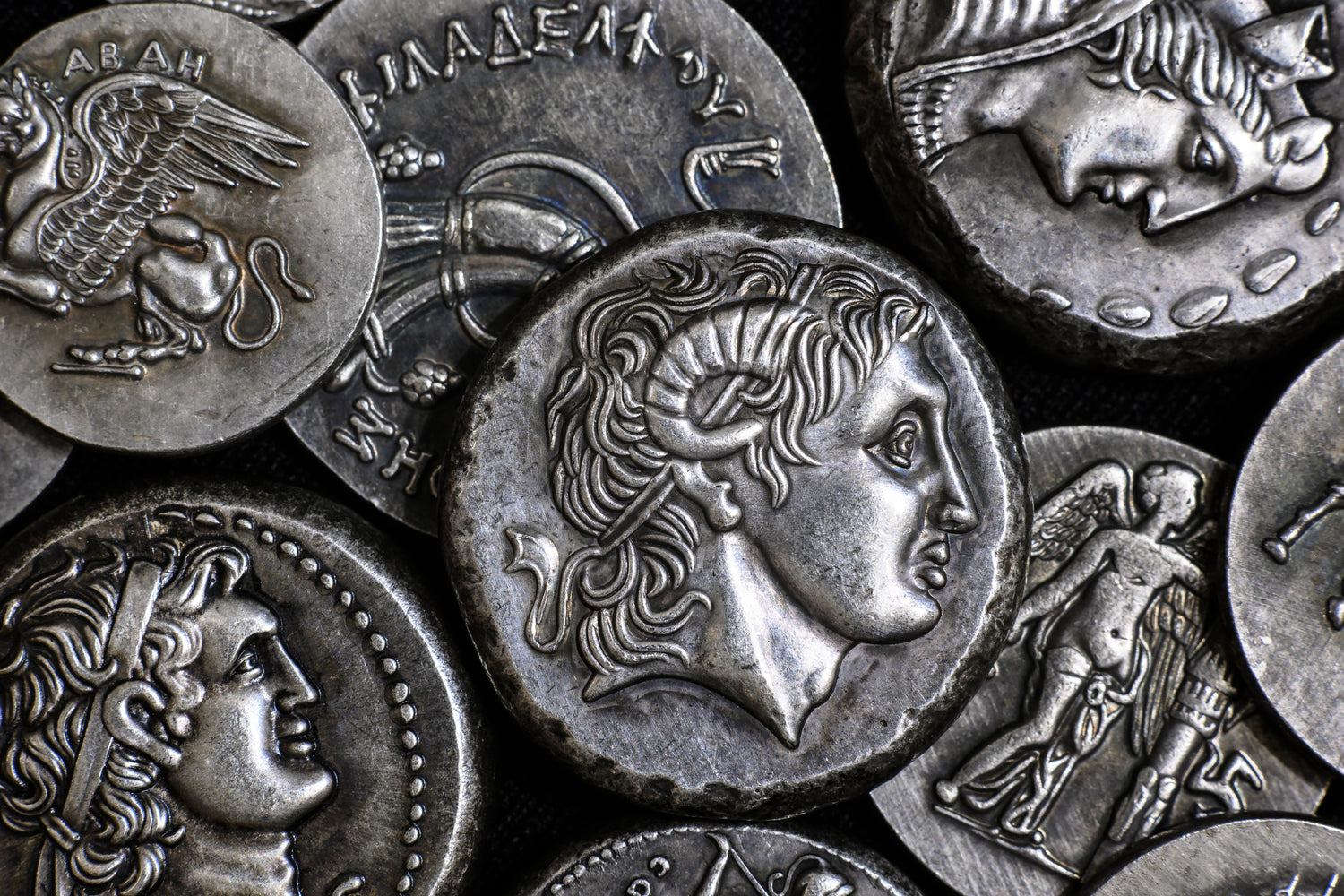The Scientifically-Proven Benefits of Silver
ANTIMICROBIAL
Silver fiber helps fight unwanted bacteria and fungi.
ANTI-ODOR
Silver allows ammonia and denatured proteins, partly responsible for body odor, to form chemical alloys, resulting in reduced odor.
THERMAL REGULATION
During the past few years, there has been a great deal of interest in the biophysics of clothing. The clothing industry represents the collaboration of physiology, physics, textile science, and design. Its primary focus has been on thermal performance, a rapidly growing area of study. Heat transfer can now actively regulate temperature through the use of materials and constructions that use the body's and the environment's energy.
The inherent properties of silver make Pure Silver's socks the perfect choice for this purpose. To understand how silver fiber clothing helps regulate temperature, we must first look at the modes of body heat transmission:
Irradiation:
Main heat transfer process in the cold season, responsible for the vast majority of body heat loss. In the cold season, it is essential to take advantage of the radiant energy of the body by conserving it.
Conduction:
Main process of heat transfer in the hot season which consists in transferring heat from the body to the surrounding environment.
Evaporation:
It is the transformation of a liquid into gas, which corresponds to the formation of sweat. It is important to guarantee the removal of humidity to maintain ideal comfort, both in cold and hot seasons.
Convection:
It is the passage of heat between a solid and a liquid or a gas, for example when the wind lowers body temperature. This heat transfer can be enhanced or reduced, depending on whether insulation materials and wind barriers are used.
Cold Weather Protection
To protect against the cold, silver fiber garments help reduce irradiation, evaporation and convection through the following properties:
Reflectivity:
Silver's infrared ray reflectance is over 95%, which means that approximately 95% of the radiant energy that comes into contact with silver is reflected back to its source. Thus, the silver fiber helps reduce heat dispersion.
Radiation power:
Silver's radiance rate is very low, which means it retains heat for a long time. Silver fiber garments ensure that heat that is not reflected back to the body is stored in the fiber for a long period of time, helping to keep warm.
Moisture transfer:
Silver fiber promotes the natural transfer of moisture through water-repellent materials with the same process used by the body: evaporation. In a humid environment, the silver fiber promotes the evaporation of humidity thanks to its conductive properties. The more moisture is evaporated, the more remaining moisture can be directed to the water-repellent material to be evaporated in turn. As a result, silver fiber garments wick away body moisture more quickly, reducing the potential for convective heat loss.
Hot Weather Protection
To protect against heat, silver fiber garments help reduce conduction, evaporation and convection through the following properties:
Convection problems are solved thanks to the specific structuring of the fabric.
Thermal conductivity:
Silver is the element with the highest thermal conductivity. The silver fiber efficiently distributes heat quickly and evenly throughout the product, allowing it to be transferred afterwards. Thus, the silver fiber accelerates the conduction of heat from the skin to the surrounding air, allowing the human body to be cooled.
Moisture transfer:
Same as above. Silver fiber accelerates the movement of moisture through evaporation, minimizing moisture in contact with the skin.
ANTISTATIC
With their high electrical conductivity, silver fiber garments help reduce static discharge.
SOURCES
Alexander, J. W. (2009). History of the Medical Use of Silver. Surgical Infections, 10(3), 289–292. doi:10.1089/sur.2008.9941
Budama, L., Çakır, B. A., Topel, Ö. et Hoda, N. (2013). A new strategy for producing antibacterial textile surfaces using silver nanoparticles. Chemical Engineering Journal, 228, 489-495. doi:10.1016/j.cej.2013.05.018
Chu, C. C., Tsai, W. C., Yao, J. Y. et Chiu, S. S. (1987). Newly made antibacterial braided nylon sutures. I. In vitro qualitative and in vivo preliminary biocompatibility study. Journal of Biomedical Materials Research, 21(11), 1281-1300. doi:10.1002/jbm.820211102
Deitch, E. A., Marino, A. A., Gillespie, T. E., Albright, J. A. (1983). Silver-Nylon: a New Antimicrobial Agent. Antimicrobial Agents and Chemotherapy, 23(3), 356-369.
Dhiman, G et Chakraborty, J. N. (2015). Antimicrobial performance of cotton finished with triclosan, silver and chitosan. Fashion and Textiles, 2(13), 1-14. doi:10.1186/s40691-015-0040-y
Gao, Y. et Cranston, R. (2008). Recent Advances in Antimicrobial Treatments of Textiles. Textile Research Journal, 78(1), 60-72. doi:10.1177/0040517507082332
Jaccard, Y., Singer, E., Degischer, S., Imfeld, S., Aschwanden, M., Thalhammer, C., Labs, K.-H. et Jäger, K. A. (2007). Effect of silver threads containing compression stockings on the cutaneous microcirculation: a double blind, randomized cross-over study. Clinical Hemorheology and Microcirculation, 36(1), 65-73.
Jung, W. K., Koo, H. C., Kim, K. W., Shin, S., Kim, S. H. et Park, Y. H. (2008). Antibacterial Activity and Mechanism of Action of the Silver Ion in Staphylococcus aureus and Escherichia coli. Applied and Environmental Microbiology, 74(7), 2171-2178. doi:10.1128/AEM.02001-07
Lee, H. J., Yeo, S. Y. et Jeong, S. H. (2003). Antibacterial effect of nanosized silver colloidal solution on textile fabrics. Journal of Materials Science, 38, 2199, 2204.
MacKeen, P. C, Person, S., Warner, S. C., Snipes, W. et Stevens, S. E. (1987). Silver-Coated Nylon Fiber as an Antibacterial Agent. Antimicrobial Agents and Chemotherapy, 31(1), 93-99. doi:10.1128/AAC.31.1.93
Melaiye, A. et Youngs, W. J. (2005). Silver and its application as an antimicrobial agent. Expert Opinion on Therapeutic Patents, 15(2), 125-130. doi:10.1517/13543776.15.2.125
Montazer, M., Alimohammadi, F., Shamei, A., et Rahimi, M. K. (2012). Durable antibacterial and cross-linking cotton with colloidal silver nanoparticles and butane tetracarboxylic acid without yellowing. Colloids and Surfaces B: Biointerfaces, 89, 196–202. doi:10.1016/j.colsurfb.2011.09.015
Purwar, R. et Joshi, M. (2004). Recent Developments in Antimicrobial Finishing of Textiles – A Review. AATC Review, 4, 22-26.
Sim, W., Barnard, R. T., Blaskovich, M. A. T. et Ziora, Z. M. (2018). Antimicrobial Silver in Medicinal and Consumer Applications: A Patent Review of the Past Decade (2007–2017). Antibiotics (Basel), 7(4), 93. doi:10.3390/antibiotics7040093


